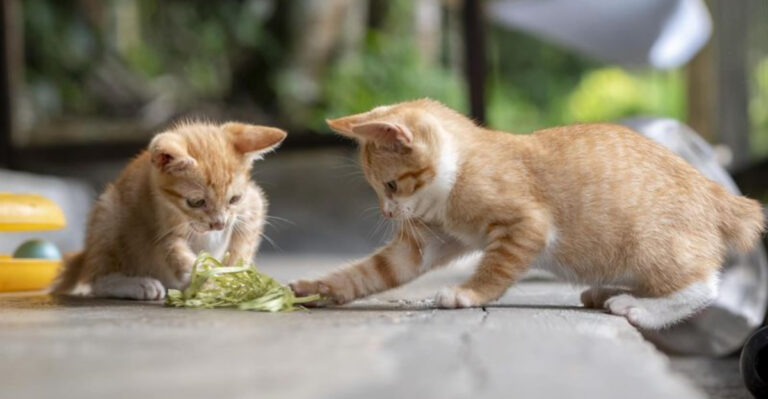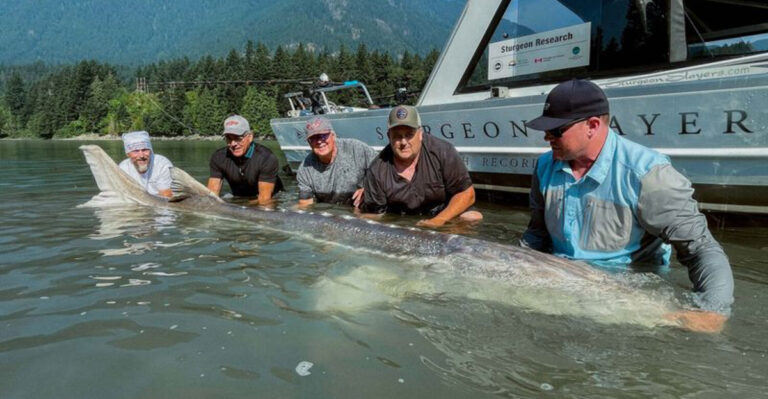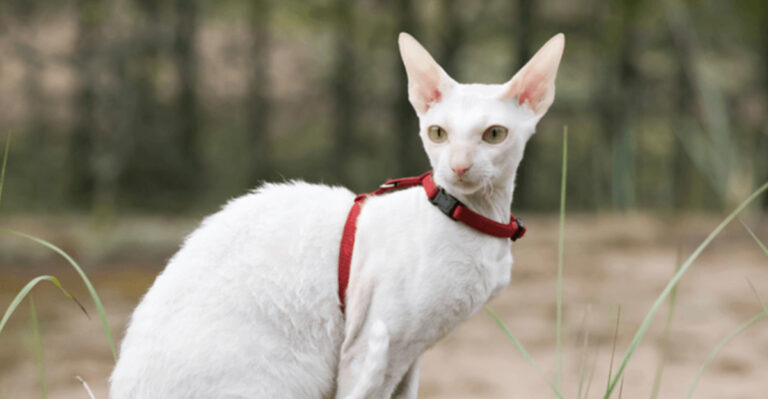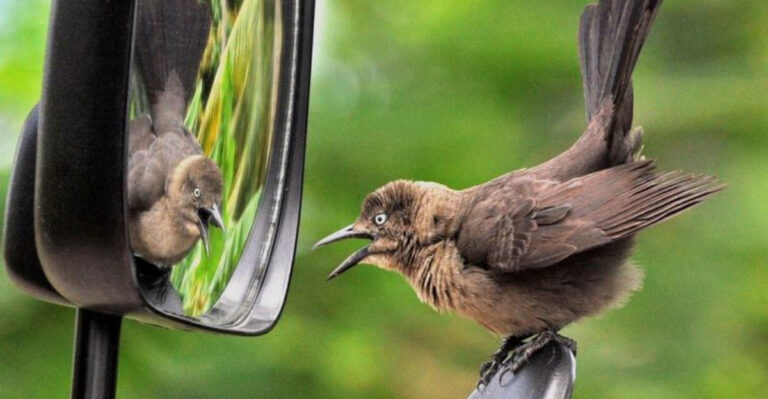10 Invasive Lizards You’ll Find In America (Most Are In Florida!)
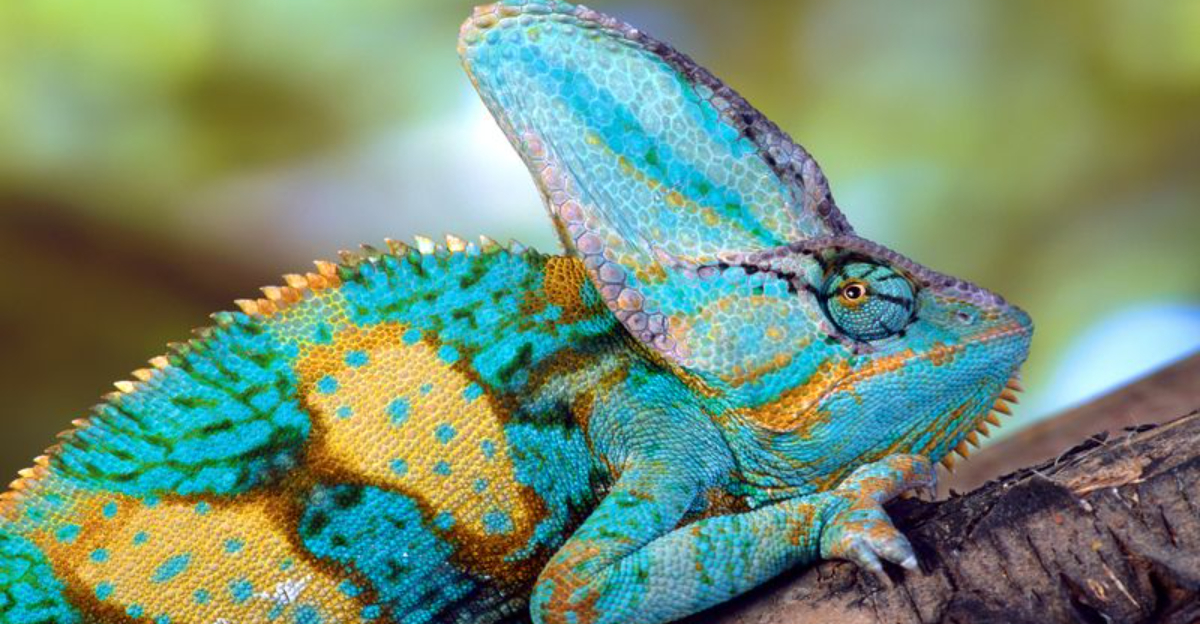
America, particularly Florida, has become a hotspot for invasive lizard species. These reptiles, often introduced through the pet trade or by accidental release, have established thriving populations, sometimes to the detriment of native ecosystems.
Today, we’ll explore some of the most intriguing invaders, each with its own story and impact. So, let’s dive in!
1. Green Iguana
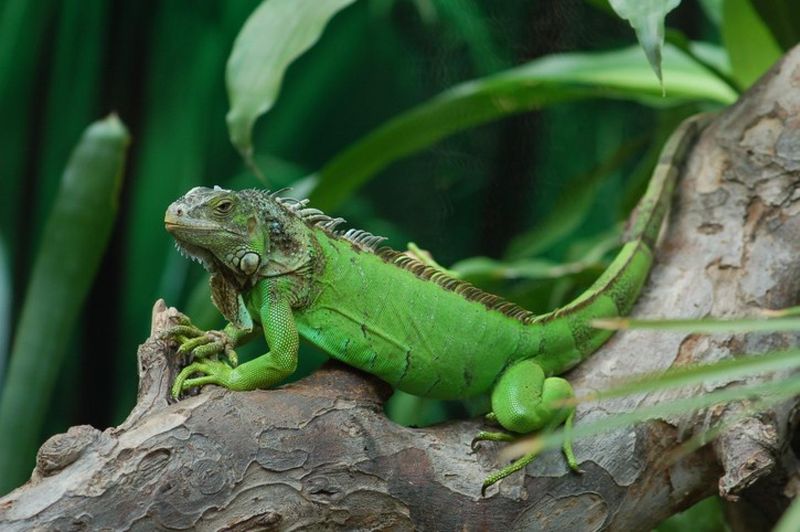
Green iguanas are among the most recognizable invasive lizards in Florida. These large reptiles, distinguished by their vibrant green color and impressive spikes running down their backs, can often be spotted basking in the sun across the state’s parks and gardens.
Originally from Central and South America, green iguanas were introduced to Florida through the exotic pet trade. Unfortunately, many escaped or were released into the wild, leading to the flourishing populations we see today.
Their presence poses significant challenges to local ecosystems. Green iguanas are voracious herbivores, consuming a wide array of vegetation, which can lead to the destruction of native plants and crops.
Additionally, their extensive burrowing habits can undermine infrastructure, such as roads and seawalls, causing costly damage.
For residents, green iguanas can become a nuisance, especially when they invade backyards and devour garden plants. Efforts to control their population include encouraging responsible pet ownership and implementing humane removal strategies.
Those living in affected areas are advised to secure their gardens and avoid feeding these invasive reptiles to minimize their impact.
2. Brown Anole
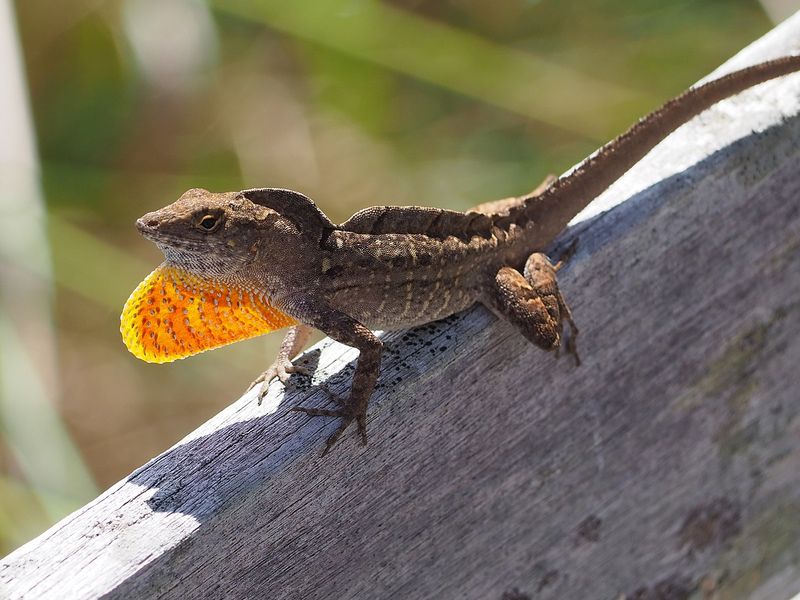
Brown anoles, small and agile, have quickly become one of Florida’s most abundant lizard species. Originating from Cuba and the Bahamas, these lizards made their way to the Sunshine State during the mid-20th century, hitching rides on cargo and ships.
Today, they thrive in urban and suburban environments, where they can be seen darting across sidewalks and climbing garden walls.
These lizards are easy to identify by their slender bodies and distinctive dewlaps, which males flare during territorial displays. Although they might seem harmless, brown anoles have a notable impact on Florida’s native green anole populations.
Their competitive nature and adaptability allow them to outcompete native species for food and habitat, driving some native lizard populations into decline.
Homeowners might find brown anoles advantageous, as they feed on pest insects around the home, providing a natural form of pest control. However, to protect native species, it’s crucial to maintain a balanced ecosystem by discouraging any further spread.
Simple measures, such as maintaining natural habitats and avoiding the use of pesticides, can help preserve Florida’s ecological diversity.
3. Nile Monitor
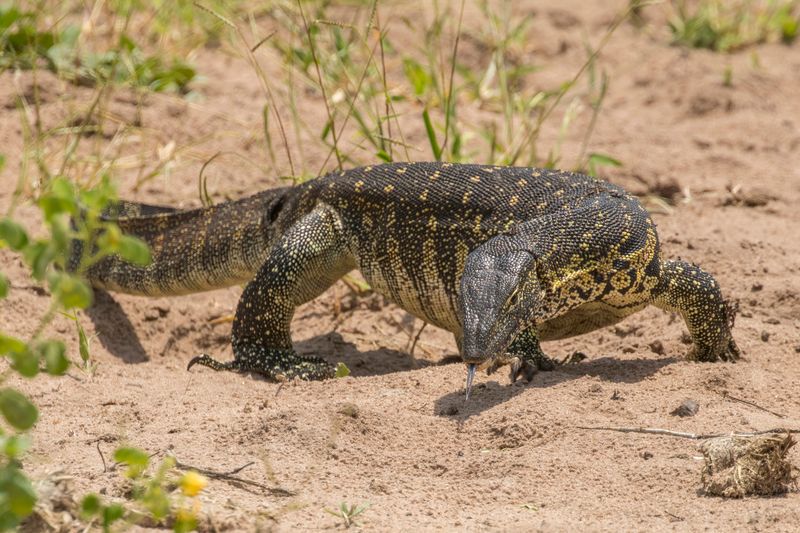
Nile monitors are among the largest invasive lizards residing in Florida. With origins in Africa, these imposing reptiles have found a new home in the state’s wetlands and waterways. Nile monitors can grow up to six feet in length, and their powerful bodies and strong jaws make them formidable predators in the ecosystems they invade.
Their introduction to Florida is largely attributed to the exotic pet trade. As with many invasive species, some escaped or were released by owners who could no longer care for them.
In their new environment, Nile monitors pose a threat to local wildlife, preying on birds, small mammals, and even alligator eggs. Their presence disrupts the natural balance, leading to concerns among conservationists and wildlife authorities.
Efforts to control Nile monitor populations include public awareness campaigns and active removal programs. Residents in affected areas are encouraged to report sightings to local wildlife agencies and avoid attempting to capture or handle these powerful reptiles themselves.
Understanding the ecological impact of Nile monitors is crucial in mitigating their effects and protecting Florida’s native biodiversity.
4. Cuban Knight Anole
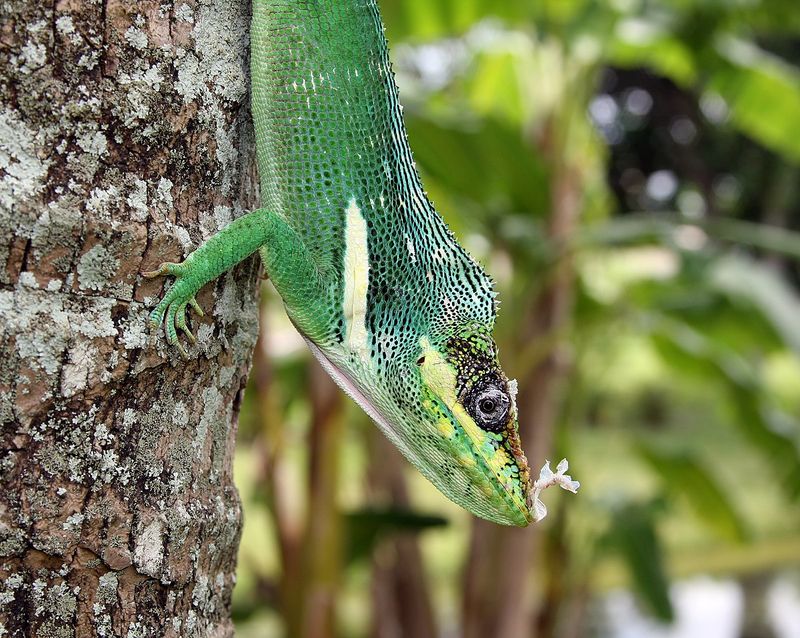
The Cuban knight anole, known for its striking appearance and territorial nature, is another invasive species thriving in Florida.
Originally from Cuba, these large, bright green lizards can often be seen clinging to trees and bushes in residential areas. With their bold demeanor and striking dewlap displays, they are a captivating sight for many Floridians.
Cuban knight anoles are proficient climbers, often occupying the upper branches of trees where they can bask in the sun and prey on insects, small birds, and even other lizards.
Their introduction to Florida came through the pet trade and subsequent escape or release into the wild. These lizards are known for their aggressive behavior, which can displace native anole species and alter the local ecological dynamics.
To mitigate their impact, residents are encouraged to avoid planting exotic plants that might attract these lizards and to report sightings to local wildlife authorities. Educating the public on the importance of maintaining native species can aid conservation efforts and help control the spread of Cuban knight anoles.
5. Tegu Lizard
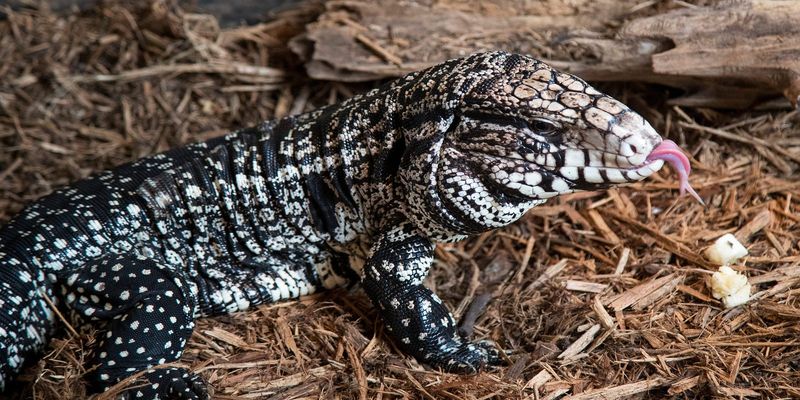
Tegu lizards, particularly the Argentine black and white tegu, have made headlines as one of Florida’s more problematic invasive species.
These large lizards, native to South America, can reach lengths of up to four feet and are recognized by their distinctive black and white patterned skin. They have a robust build, with powerful limbs and a muscular tail.
Tegus were initially brought to the United States through the pet trade, but like many other invasive species, some have escaped captivity or were released by overwhelmed pet owners.
Their adaptability and omnivorous diet allow them to thrive in Florida’s environment, where they consume a wide variety of food, from fruits and vegetables to small animals.
The presence of tegus has raised alarm among conservationists, as they pose a threat to native wildlife, including ground-nesting birds and reptiles.
Efforts to control their population involve public education campaigns, humane trapping, and removal operations. Residents are urged to secure their properties and report any sightings to wildlife authorities to help manage the spread of this invasive species.
6. Mediterranean House Gecko
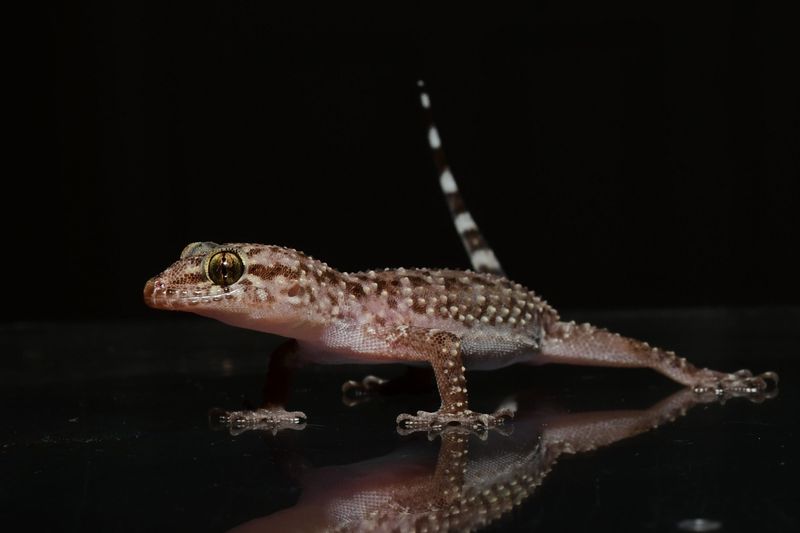
The Mediterranean house gecko, originally from southern Europe and northern Africa, has established itself as a familiar nocturnal visitor across Florida.
These small, translucent geckos are often seen clinging to walls near outdoor lights, where they feast on the insects attracted by the glow. Although they might seem exotic, their presence in Florida has become almost ubiquitous in urban areas.
These geckos were inadvertently introduced to the United States through international trade and have since adapted well to the local environment.
Their ability to thrive in human-altered landscapes allows them to compete with native lizard species, though they are generally not considered a significant threat. Mediterranean house geckos are beneficial in controlling insect populations, providing a natural pest control service around homes and gardens.
To support native wildlife, residents are encouraged to maintain habitats that cater to local species and to minimize the use of insecticides that can harm beneficial reptiles like the Mediterranean house gecko. This approach ensures a balanced ecosystem where native and non-native species can coexist.
7. Green Basilisk
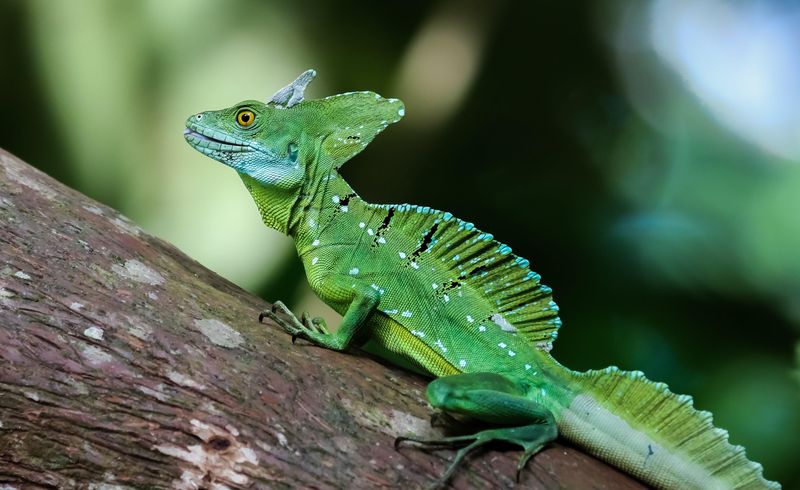
Green basilisks, often referred to as ‘Jesus Christ lizards’ for their ability to run on water, are another exotic addition to Florida’s landscape.
Native to Central America, these lizards have become established in certain areas of the state, particularly in regions with abundant waterways and dense vegetation. Known for their vibrant green color and striking crests, green basilisks are a fascinating sight.
These lizards arrived in Florida through the pet trade, and as with many invasives, some escaped or were released by previous owners.
In their new environment, green basilisks often inhabit areas near rivers and lakes, where they can be seen basking on branches and rocks. Their diet consists mainly of insects and small vertebrates, allowing them to integrate into the local ecosystems with relative ease.
While they currently pose little threat to native species, the presence of green basilisks highlights the ongoing challenges of managing exotic pet species in Florida. Residents are encouraged to practice responsible pet ownership and to report any sightings to wildlife authorities to aid in monitoring their spread and impact.
8. Veiled Chameleon
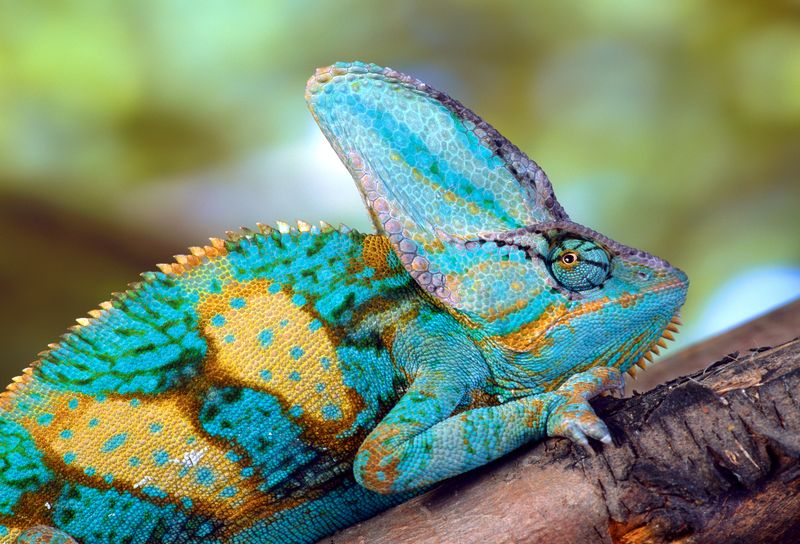
Veiled chameleons, with their unique ability to change color and their distinctive casque-shaped heads, are captivating creatures that have found a niche in Florida’s environment.
Originally from the Arabian Peninsula, these chameleons were introduced to the state through the pet trade. As is common with many exotic pets, some veiled chameleons escaped captivity or were released, leading to established populations in the wild.
These chameleons are primarily arboreal, spending much of their time in trees where they can blend into their surroundings.
Their diet consists mainly of insects, which they catch with their long, sticky tongues. While they are not considered a significant threat to native wildlife, the spread of veiled chameleons raises concerns about the long-term impact on local ecosystems and biodiversity.
To help manage their populations, residents are advised to refrain from releasing unwanted pets into the wild and to report any sightings to wildlife authorities. Public awareness and education on the responsibilities of pet ownership play a crucial role in preventing further introductions and preserving Florida’s natural habitats.
9. Tokay Gecko
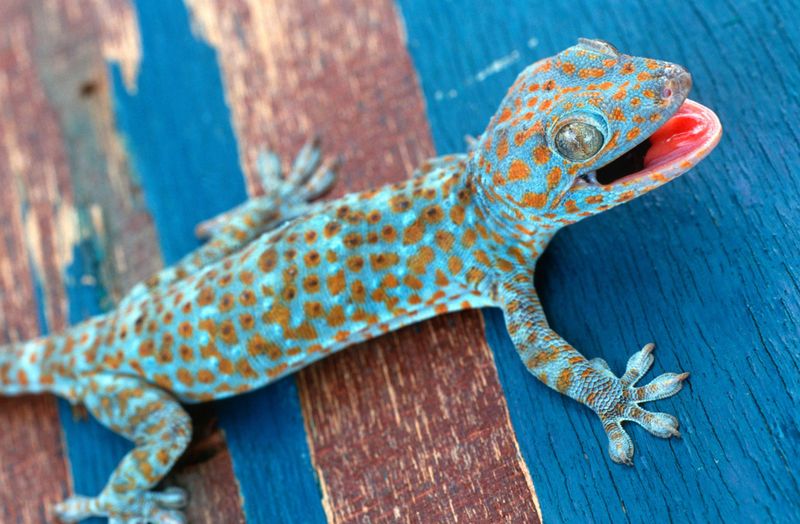
The Tokay gecko, known for its vibrant colors and loud, distinctive calls, is another exotic resident of Florida’s diverse lizard community.
Originating from Southeast Asia, these geckos were introduced to the region through the pet trade, like many other non-native species. Tokay geckos are easily recognized by their bright blue or gray skin with orange spots, making them a popular choice among reptile enthusiasts.
These nocturnal lizards are often found in urban areas, clinging to walls and ceilings as they hunt for insects. While they can help control pest populations, their presence also raises concerns about competition with native species for resources and habitat.
Tokay geckos are known for their aggressive nature, which can further exacerbate their impact on local ecosystems.
Efforts to manage their populations include educating the public about the potential ecological consequences of keeping exotic pets and encouraging responsible pet ownership.
Residents are advised to secure their homes to prevent geckos from entering and to report any sightings to wildlife authorities, aiding in the conservation of native species.
10. Curly-Tailed Lizard
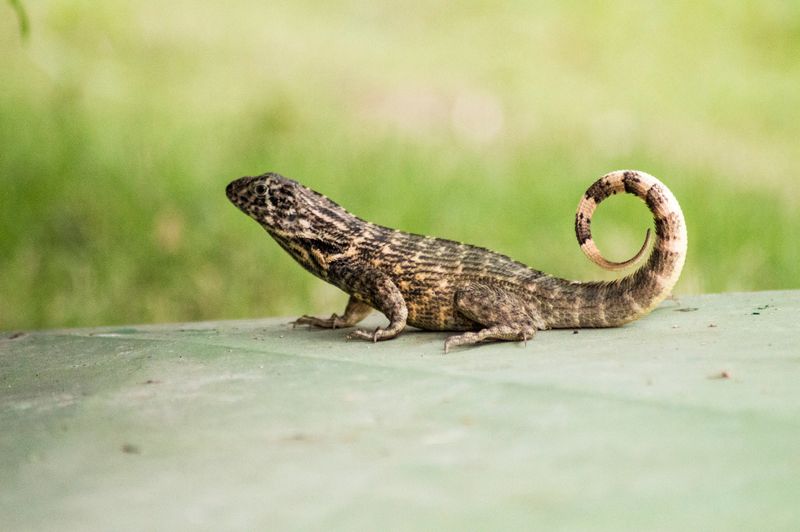
Curly-tailed lizards, with their distinctive curled tails and robust bodies, have become a common sight in parts of Florida. Hailing from the Caribbean, these lizards were introduced to the state through the pet trade and have since established thriving populations in urban environments.
Their adaptability and resilience make them successful invaders, often found basking on sidewalks and driveways.
These lizards are opportunistic feeders, consuming a variety of insects and other small invertebrates. While they do not pose a significant threat to humans, their competition with native lizard species for food and habitat is a concern for conservationists.
The presence of curly-tailed lizards highlights the broader issue of invasive species and the challenges they pose to maintaining ecological balance.
Residents can help manage these populations by creating garden habitats that support native wildlife and by reporting any sightings to local wildlife authorities.
Public education on the impact of invasive species and the importance of protecting native ecosystems is essential in preserving Florida’s natural biodiversity.

